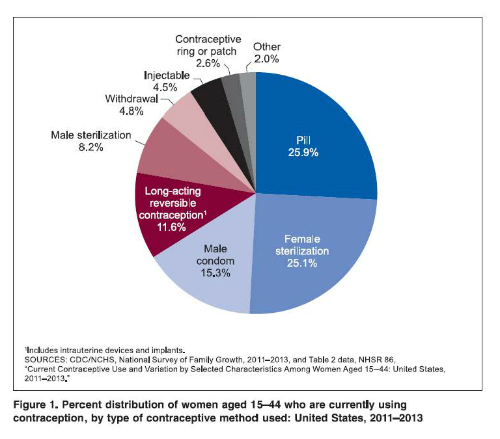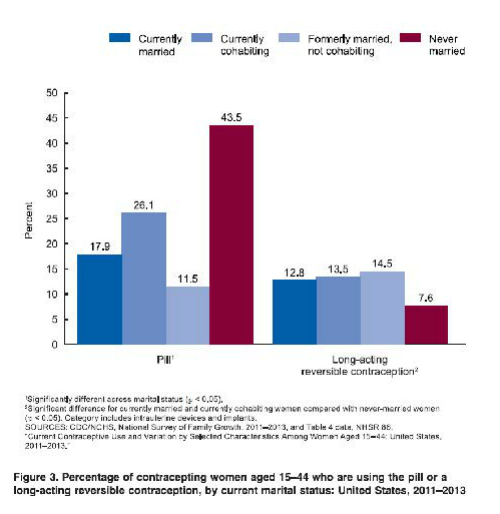- According to the CDC, the rate of usage of long-acting reversible contraceptives (LARC), such as IUDs, by American women has doubled since 2010.
- The rate of LARC usage has grown 6-fold since 2002.
- Currently 11.6% of American women use LARC.
- LARC usage is the fastest growing sector of the contraceptive market.
- This social movement represents an opportunity for clinicians to educate patients about optimal contraception.
Changing Practices among American Women
The use of long a-acting reversible contraceptives (LARCs), which include intrauterine devices (IUDs) and other implantable contraceptives, among American women has increased 6-fold since 2002, and has doubled since 2010, according to an article on Vox.com.
The Vox article is based on a report by the Centers for Disease Control and Prevention (CDC) “Current Contraceptive Use and Variation by Selected Characteristics among Women Aged 15–44: United States, 2011–2013.”

“Among women currently using contraception, the most commonly used methods were the pill (25.9%, or 9.7 million women), female sterilization (25.1%, or 9.4 million women), the male condom (15.3%, or 5.8 million women), and long-acting reversible contraception (LARC)—intrauterine devices or contraceptive implants (11.6%, or 4.4 million women)”, the CDC researchers concluded. Some of the main CDC data are represented in Figures 1, 2, and 3.



Opportunity, Both Clinical and Business
Clearly, for general practitioners, family practitioners, and gynecologic practices, this represents both a clinical and a business opportunity. With this many women using this type of birth control, this is a clinical opportunity to educate women about the various types of birth control and the advantages and disadvantages of each.
This may also be an opportunity to get a husband or boyfriend in for a visit to discuss family planning. Your male patients have birth control options as well and this social movement in birth control practices among Americans offers you an opportunity to educate them about male birth control options as well.
Given that the CDC found only 11.6% of the subject population used a LARC, but that the sector was growing most rapidly among all contraceptive sectors, this clearly represents a business opportunity through education. Simply explaining to your female patients that LARC usage has doubled in 5 years, and your explaining why that may be, could be enough to interest a patient in this type of procedure.
